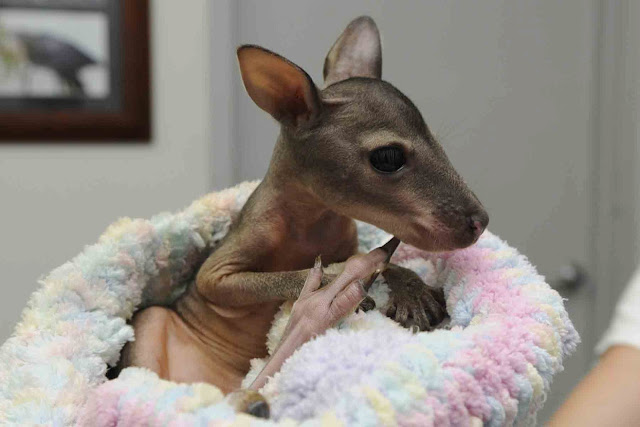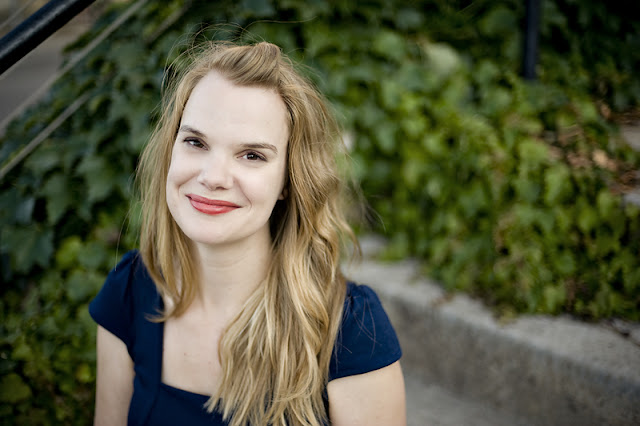1. Who are you - what do you do,
where do you live and what makes you tick.
Hi guys! My name is Sarah Von
Bargen. I'm a blogger, writer, world
traveler andinternet awesome-i-fier. I'm fueled by wanderlust, cheese, and the belief
that everyone and everything is interesting. I usually live in St. Paul,
Minnesota but I travel three months out the year.
2. Tell us about Putin - breed, age,
size
Putin is your garden variety Farm
Cat. I think he might be part Maine Coon because he's quite big and
long-haired and friendly with people he knows. He's 10 years old, 32
inches from nose to tail, and about 13 pounds. (I just measured him with
a metal measuring tape which he was, surprisingly, not into.)
3. How did you two meet?
When I was 22, my then-boyfriend's
family cat had a litter of kittens. Obviously, I needed that tiny little
black guy in my life! I decided this on a whim and had to transport him
back to my apartment in a pink wicker laundry hamper.
4. How do you kill time together?
We enjoy rousing games of 'Catch the
Laser Pointer,' watching Parks and Rec, and trying on different
outfits. Putin also enjoys knocking mugs off my desk, sitting behind me
on my desk chair, licking the blinds, unplugging the computer, and galloping
around the apartment at 10 pm. We like to call this "Thunder Cat
Hour."
5. How has owning a cat improved you
as a person?
I'm probably (slightly) more patient
and (slightly) more loving. I spend a lot of time asking Putin questions
like "Why do you love me so much?" "Why are you so obsessed with
me?" and "Why do you need to be near me at all times?"
6. Has Putin had any major health
scares or accidents? Tell us what happened. If not, tell us about the last time
you took Putin to see a veterinarian.
I have been extremely fortunate with
Putin's health. He's never, ever had any health issues and the only time
he's ever been to a vet was when he got neutered and got his first shots as a
teenager cat. I chalk up his good health to the fact that he's an indoor
cat in a one-cat household.
7. What three traits do you believe
define a good veterinarian and why?
Patience
We're pet owners, not vets. So a lot of animal medicine jargon might go
over our heads. But that doesn't mean we're not interested or we won't
understand if you explain it a bit more.
Sympathy
We probably view our pets are 'fur
children' and if we're seeing you, we're probably in a pretty tough spot
emotionally. Thanks for being gentle with us.
Pragmatism
I appreciate it when my doctor says things like "I can prescribe this
sleeping aid to you, or you could just do more cardio and lay off the
coffee." I want the same thing in a vet.
8. What are your favourite veterinary
or pet-related websites and what is special about these?
Drjustinelee.com! Not only is Justine a close friend, she's
an amazing vet and I've seen first hand how much she loves her own pets.
Whenever Putin is doing something weird ("HE WON'T STOP LICKING THE
DESK, JUSTINE!") she'll calm me down and tell me what to do.
9. Is there anything you'd like to
share with veterinarians and future veterinarians?
Have patience and be kind :)



















